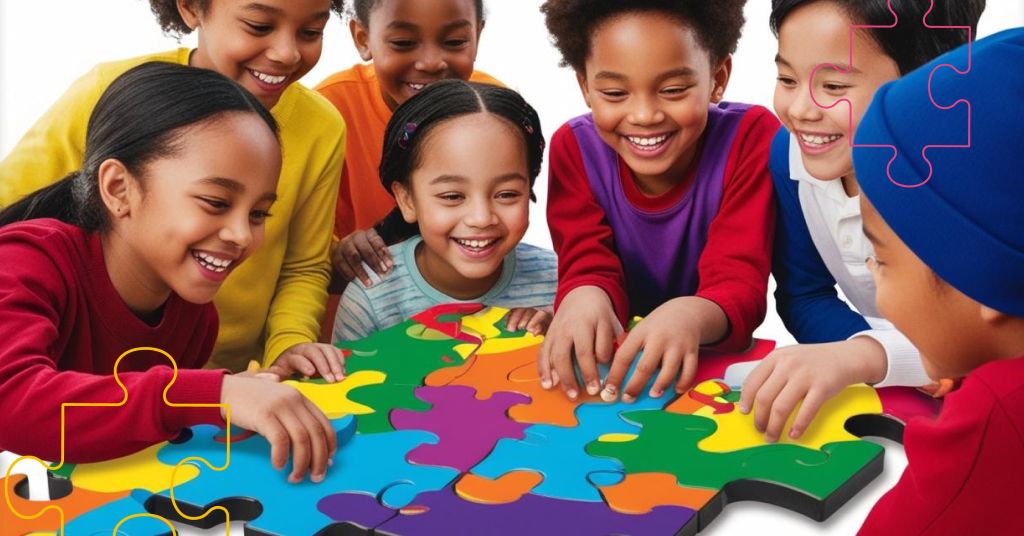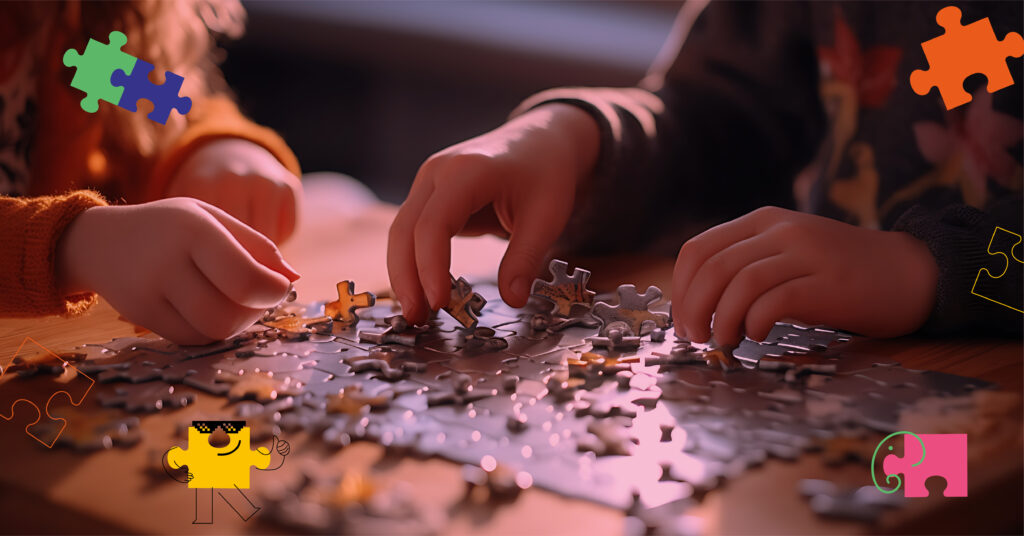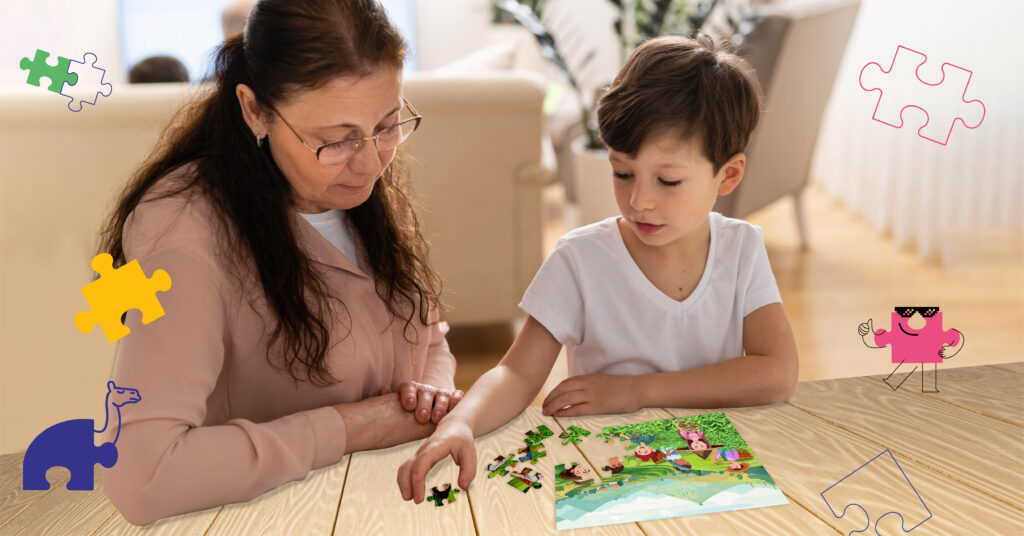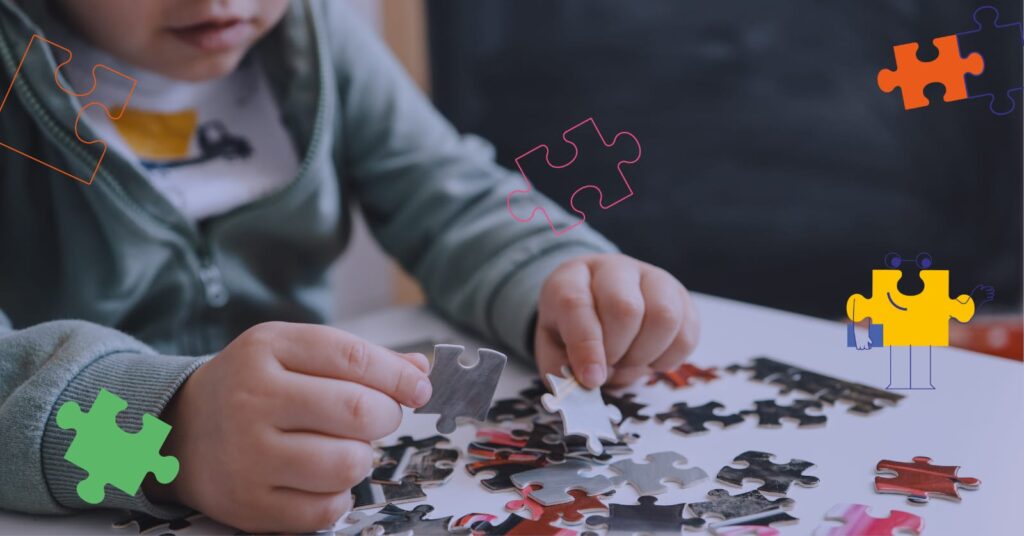3D puzzles have become a popular and engaging learning tool for children, combining fun and education in a unique way. Unlike traditional flat puzzles, 3D puzzles challenge kids to think spatially and logically, improving their problem-solving abilities and creativity. These puzzles help develop hand-eye coordination, fine motor skills, and patience, making them an excellent activity for kids of all ages. Whether building a famous landmark, assembling a moving mechanical model, or exploring interactive augmented reality puzzles, children benefit from an immersive learning experience.
Types of 3D Puzzles for Kids
1. Interlocking 3D Puzzles
Interlocking puzzles consist of individual pieces that fit together to form a structure. These can range from simple models to intricate, multi-layered designs. Benefits include:
- Develops problem-solving skills by requiring logical thinking.
- Encourages patience and perseverance as kids work through challenges.
2. Building Block Puzzles (LEGO-style)
These puzzles involve stacking and assembling blocks to create structures. Many STEM-based toys use this format to enhance engineering and design thinking. Benefits include:
- Boosts creativity by allowing kids to construct different models.
- Enhances spatial awareness and motor skills through hands-on play.
3. Mechanical 3D Puzzles (Gears & Moving Parts)
These puzzles require children to assemble functional models with gears, levers, and moving parts. Benefits include:
- Improves logical reasoning by understanding mechanics.
- Strengthens fine motor skills through precise assembly.
4. Augmented Reality (AR) 3D Puzzles
AR puzzles blend physical puzzles with digital interactivity, allowing children to explore animations and additional learning experiences through a smartphone or tablet. Benefits include:
- Combines technology with traditional play, keeping kids engaged.
- Enhances curiosity and learning in subjects like science, geography, and history.
Benefits of 3D Puzzles for Child Development
- Enhances Cognitive Skills – Encourages critical thinking, memory, and problem-solving.
- Develops Hand-Eye Coordination & Fine Motor Skills – Helps refine grip, movement, and accuracy.
- Boosts Patience & Concentration – Trains children to stay focused on tasks and overcome challenges.
- Encourages Teamwork & Social Skills – Ideal for group activities, fostering collaboration.
Also Read: Different Types of Puzzles for Kids
Tips for Choosing the Right 3D Puzzle
- Select age-appropriate puzzles – Younger children need simpler models with larger pieces.
- Start with basic designs – Allow kids to build confidence before moving to complex puzzles.
- Look for educational themes – STEM-based, historical, and geographical puzzles provide additional learning value.
3D puzzles are more than just toys—they are powerful learning tools that promote cognitive growth, patience, and creativity. Whether it’s a mechanical puzzle, building blocks, or an interactive AR experience, these activities enhance problem-solving abilities, fine motor skills, and social development. Parents can make playtime both fun and educational by incorporating 3D puzzles into their child’s routine.
Ready to challenge your child’s mind? Explore the world of 3D puzzles today and watch them grow into creative thinkers and problem solvers!
To Buy the Best Puzzles & Educational Toys for your Child, check out our collection.



